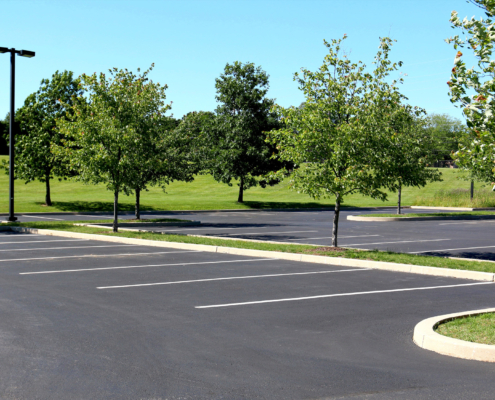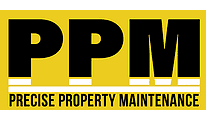When designing and executing a parking lot striping plan, certain mistakes can undermine the effectiveness of the layout and diminish safety and accessibility. Avoiding these common striping errors is essential for ensuring an optimal parking lot design that maximizes space efficiency and meets users’ needs. Here are some pitfalls to watch out for:
- Inadequate Space Sizes: Failing to adhere to standard dimensions for parking spaces can lead to overcrowding and difficulty in maneuvering, reducing overall parking efficiency.
- Poor Visibility: Using low-quality paint or neglecting to maintain clear, bright lines can result in faded markings that are hard to see, compromising safety and organization.
- Neglecting Accessibility Standards: Not incorporating ADA-compliant spaces can lead to legal issues and alienate customers with disabilities, making the whole thing less inclusive.
- Inconsistent Layout: A disorganized or haphazard striping pattern can confuse drivers and create hazards, so it’s essential to maintain a consistent and logical layout throughout the parking area.
- Ignoring Traffic Flow: Failing to account for traffic patterns can lead to bottlenecks and frustration, so it’s crucial to design striping that facilitates smooth entry and exit routes.
- Inadequate Safety Markings: Overlooking essential markings, such as stop lines and pedestrian crossings, can increase the risk of accidents and reduce the safety of both drivers and pedestrians.
- Improper Angled Spaces: Not providing the correct dimensions and spacing for angled parking can hinder maneuverability and reduce the number of available spaces.
By recognizing and addressing these common mistakes, property owners can create a more effective and user-friendly parking lot that enhances both safety and functionality—that’s where Precise Property Maintenance’s expertise can help.










